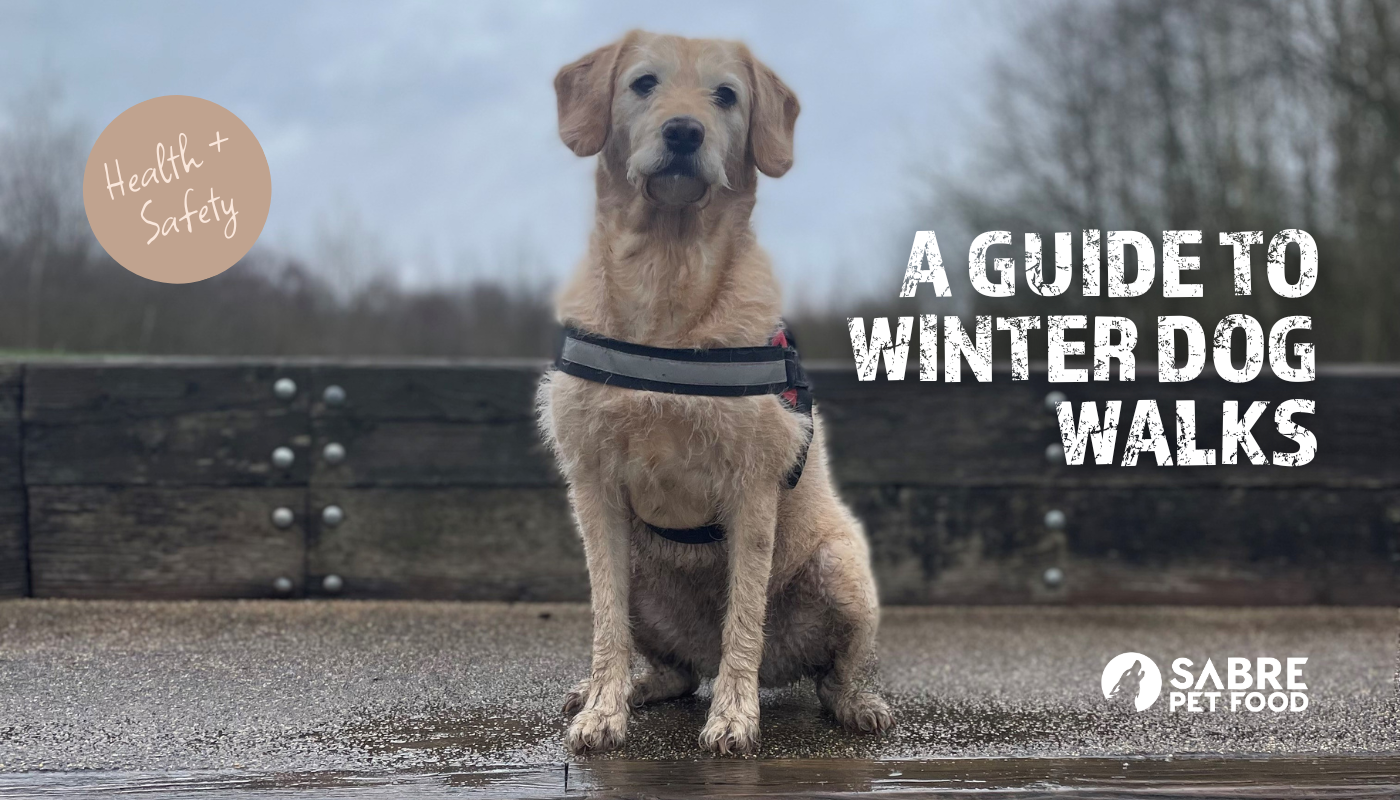As a dog owner, one of my favourite things to do at the weekend is to go on long walks through the beautiful English countryside. As the colder months draw in and the weather begins to turn, this can become more difficult and certainly less enjoyable. But why should you, or your furry friend miss out this winter.
If the right precautions are taken, and the weather isn’t too bad, walking in the winter can be just as fun, especially if you finish the walk with a tasty treat in a cosy pub or café.
The first thing to think about is you and your pet’s safety and comfort. What you wear is really important, and just like you, your pup may need an extra layer to stay warm. If you haven’t already got one, maybe it is time to consider investing in a dog sweater or coat to help them retain their body heat.
It’s also important to think about what you put on your feet, and of course, what you put on your dog’s paws. For you, make sure the footwear you choose is comfy and sturdy. If conditions under foot are wet or slippery, it’s vital that your footwear is suitable to ensure your own safety, and that of your four-legged-friend.
Ice, snow, and road salt can be harsh on your dog’s paws, so investing in some dog boots, to keep their feet warm and protected, can be a really good idea. If your dog is anything like mine though, they’ll probably refuse the boots. If that’s the case, apply a protective balm before and after the walk.
Another top tip is to plan your route before you set off, and maybe have a shorter alternative in mind, just in case there’s a change in the weather. Dogs can get cold very quickly, especially in extreme temperatures, so if you do notice a change in your dog’s behaviour, or notice them start shivering, it’s probably time to head home to get them warm and dry.
As well as planning your route, it’s a good idea to consider what time you head out too. Because there are less hours of daylight in the winter months, scheduling your walk during hours of daylight might be worth doing too. This can help you avoid more extreme temperatures that might occur at night.
That said, walking in the daylight isn’t always a possibility, so if you do end up heading out in the evening, make sure that both you and your dog are visible. Reflective dog coats and leads are brilliant for this time of year. It’s also a good idea to stay on a route that you and your dog are familiar with.
Finally, take lots of tasty treats! Some dogs may take a bit more encouragement during the winter months, so having a good selection of their favourite snacks with you is a must.
Whilst this advice can be useful to some dog owners, it is important to remember that different dogs have varying tolerance levels for cold weather, so be mindful of your dog's breed, age, size, and individual preferences. Pay attention to their comfort and make adjustments, if necessary, to keep them safe and happy during winter walks.
Additionally, if you want to treat your dog with a hearty, warming stew, try out Alpha Spirit Realfood Stews which you can pop in the microwave to make it more delicious!

